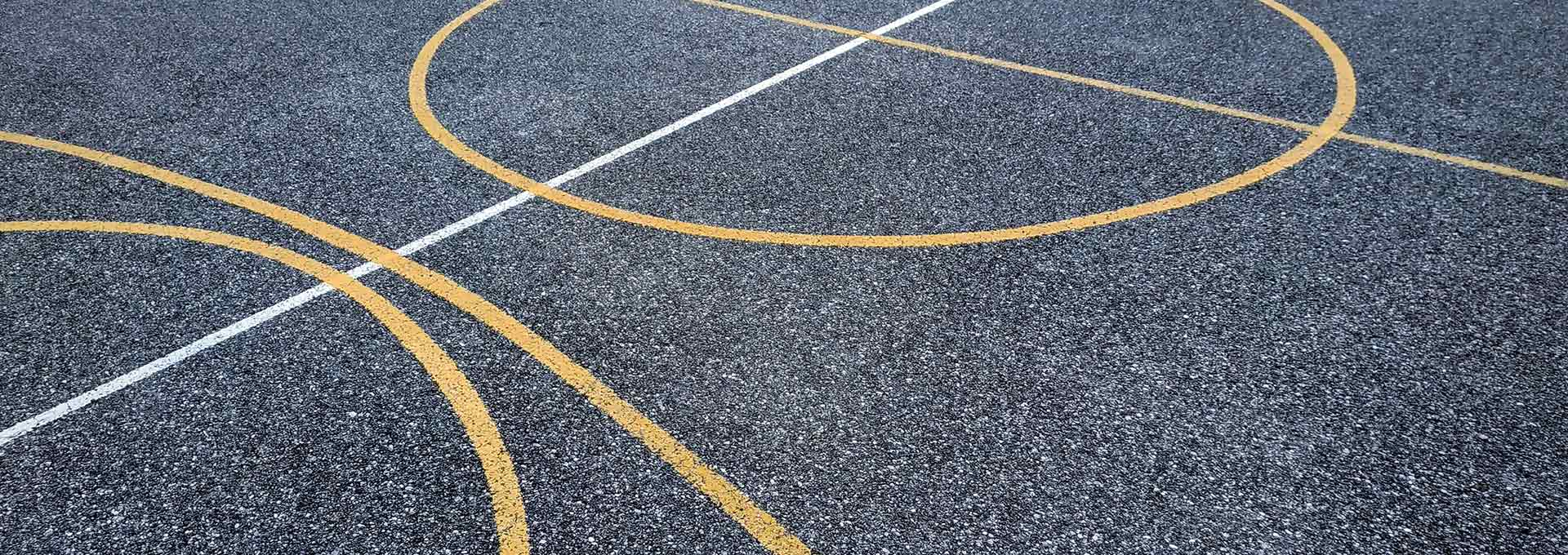
Resources
Seed Grant Awardee: Xiangfan Chen
Xiangfan Chen | School of Engineering
Sports injuries, especially the bones and cartilages damages, pose significant challenges and require surgical intervention. Currently, tissue engineering represents a promising solution towards the repair and replacement of diseased and damaged bone tissue with engineered grafts, which can provide mechanical support during repair and regeneration of injured tissue. On the other hand, 3D printing, also known as additive manufacturing, it overcomes the technical hurdles to fabricate sophisticated 3D structures by successively adding materials in a layer-by-layer fashion. More importantly, it provides the flexibility to fabricate customized tissue scaffolds to meet the personalized needs regarding an individual’s health status and body type requirements. In this project, we aim to develop a new hybrid 3D printing methodology for rapid realization of hierarchical multiscale scaffolds from all-natural hybrid ceramic and silk protein biomaterials, thus, achieving functions similar to natural bones or cartilages.
First, novel biomaterials comprising silk fibroin and calcium phosphates fillers will be investigated and optimized for the new 3D printing process, referred to as micro continuous liquid interface production (µCLIP). This printing process can control the scaffolds’ structural hierarchy from the molecular scale to macro scale and do so at speeds far in excess of direct ink writing based bioprinters. Specifically, while the 3D printing process sculpts the macro and micro morphologies, the underlying photo-polymerization reaction and the post-process control the hierarchical structures deep down to the molecular scale. Collectively, we will demonstrate the ability to control the mechanical properties of 3D-printed scaffolds to achieve high stiffness and strength using lightweight silk fibroin materials.
Besides, by precisely modifying the nanoscale or molecular scale structures, this technology can tune the surface roughness and porosity of the scaffolds, which can not only significantly enhance the transportation of the tissues, cells, and fluids, but also can control the release of required growth factors or drugs for tissue regeneration. Ultimately, we aim to print lightweight, drug-eluting, biocompatible and mechanically functional scaffolds to address personalized bone/cartilage defects induced by sports injuries.
Last Updated February 2020.